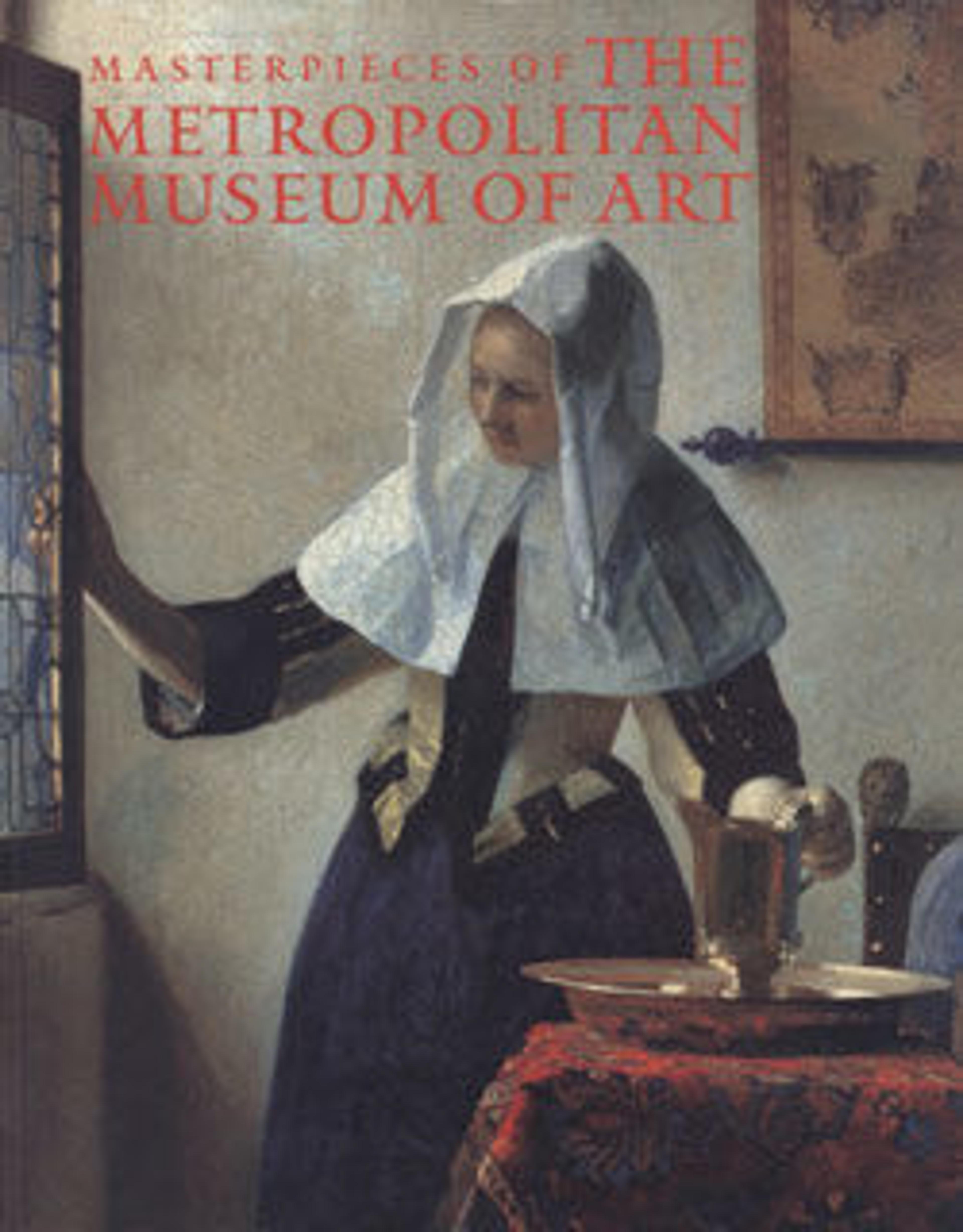Akhenaten Sacrificing a Duck
The pharaoh Akhenaten believed that light was the only divine power in the universe and that the solar disk was the means through which this power came into the world. Akhenaten's god, the Aten, is portrayed through the symbol of a solar disk with rays ending in small human hands. This Aten symbol serves as a large-scale hieroglyph meaning "light." In representations of Akhenaten, one of these hands holds an ankh hieroglyph, the symbol of life, to his nose.
On this block from a temple relief, Akhenaten, recognizable by his elongated features, holds a duck toward the Aten. With one hand he wrings the bird's neck before offering it to the god. Although early depictions of Akhenaten often appear strangely exaggerated, later in his reign sculptors attempted a more naturalistic style, emphasizing a sense of space and movement. Akhenaten's hands here are grasping and straining to hold the struggling duck. Such a scene, capturing a single moment, would never have been attempted in an earlier period. However, Akhenaten's right hand is twisted so that all five fingers can be seen, a pose that conforms to the Egyptian convention of presenting each part of the body as completely as possible. To the lower right appear the webbed feet of a second duck.
In this relief, the artist has cut the outlines of the figures into the surface in a technique called sunk relief. Sunk relief appears mostly on the exterior of buildings, where the outlines cast shadows, emphasizing the sunlight. During the Amarna period almost all relief was executed in this technique.
On this block from a temple relief, Akhenaten, recognizable by his elongated features, holds a duck toward the Aten. With one hand he wrings the bird's neck before offering it to the god. Although early depictions of Akhenaten often appear strangely exaggerated, later in his reign sculptors attempted a more naturalistic style, emphasizing a sense of space and movement. Akhenaten's hands here are grasping and straining to hold the struggling duck. Such a scene, capturing a single moment, would never have been attempted in an earlier period. However, Akhenaten's right hand is twisted so that all five fingers can be seen, a pose that conforms to the Egyptian convention of presenting each part of the body as completely as possible. To the lower right appear the webbed feet of a second duck.
In this relief, the artist has cut the outlines of the figures into the surface in a technique called sunk relief. Sunk relief appears mostly on the exterior of buildings, where the outlines cast shadows, emphasizing the sunlight. During the Amarna period almost all relief was executed in this technique.
Artwork Details
- Title: Akhenaten Sacrificing a Duck
- Period: New Kingdom, Amarna Period
- Dynasty: Dynasty 18
- Reign: reign of Akhenaten
- Date: ca. 1353–1336 B.C.
- Geography: From Egypt; Probably from Middle Egypt, Hermopolis (Ashmunein; Khemenu); Probably originally from Amarna (Akhetaten)
- Medium: Limestone, paint
- Dimensions: H. 25 × W. 55 × D. 3.3 cm (9 13/16 × 21 5/8 × 1 5/16 in.)
- Credit Line: Gift of Norbert Schimmel, 1985
- Object Number: 1985.328.2
- Curatorial Department: Egyptian Art
Audio
3440. Akhenaten Sacrificing a Duck
0:00
0:00
We're sorry, the transcript for this audio track is not available at this time. Please email info@metmuseum.org to request a transcript for this track.
More Artwork
Research Resources
The Met provides unparalleled resources for research and welcomes an international community of students and scholars. The Met's Open Access API is where creators and researchers can connect to the The Met collection. Open Access data and public domain images are available for unrestricted commercial and noncommercial use without permission or fee.
To request images under copyright and other restrictions, please use this Image Request form.
Feedback
We continue to research and examine historical and cultural context for objects in The Met collection. If you have comments or questions about this object record, please contact us using the form below. The Museum looks forward to receiving your comments.
